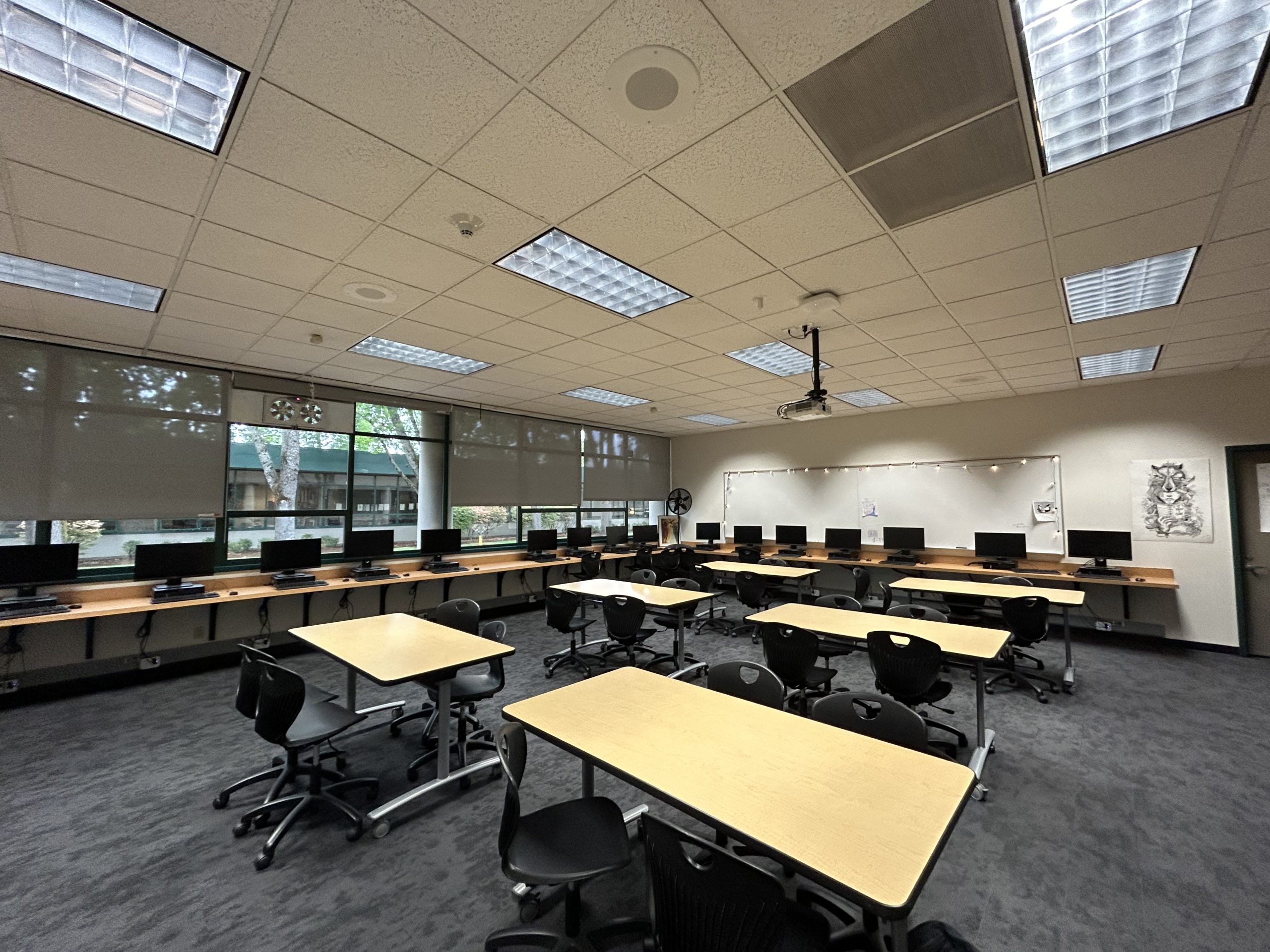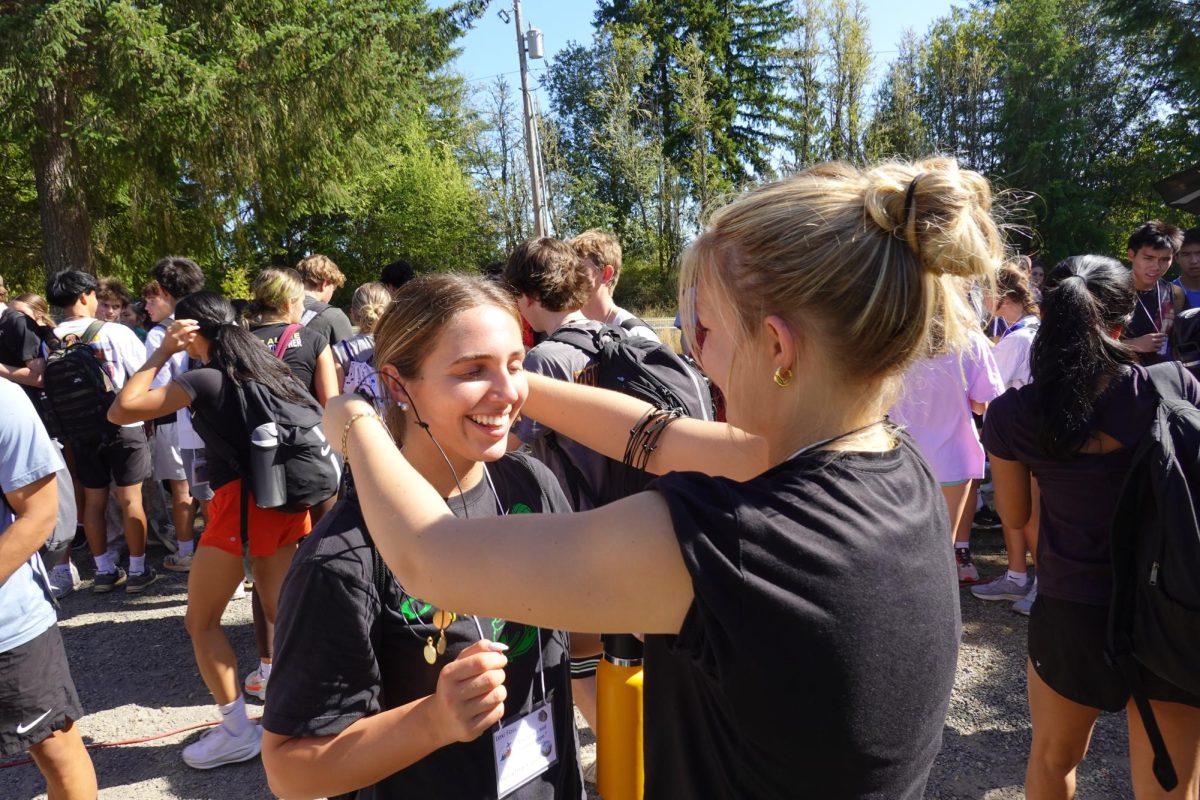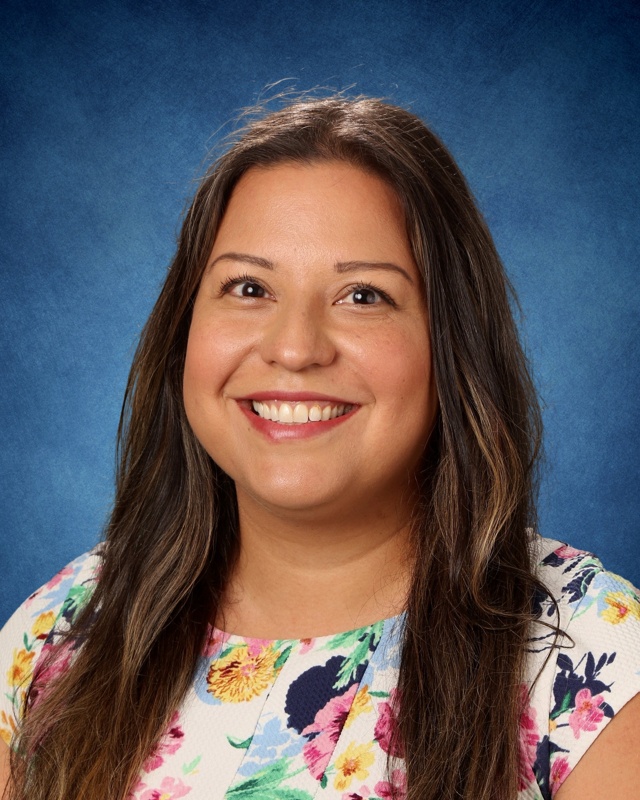Over the summer Jesuit received a new classroom upgrade in Upper Arrupe computer labs, room 43 and 44.
Room 43 used to be filled with large cubicle banks that made it sometimes challenging for movement or engagement among students. The banks were filled with computers that blocked faces and separated students from talking to one another with ease.
Over the summer, the computer lab experienced a remodel to allow more convenience for teachers and students for a better learning climate.
Mr. Scott Powers, an academic vice principal at Jesuit, helped guide the process of the remodel.
“We wanted to maximize flexibility, so instead of putting in desks that were immovable, we put in tables that were easily moved,” Powers said.
The computer labs were built in 1991, when the spaces were created specifically for the use of desktop computers. As Jesuit curriculum changed and technology became smaller, the use of the cubicle banks for computers weren’t as functional. Additionally, one of the classrooms became a part-time English classroom.
During the process of updating the spaces, the administration worked with current teachers in the rooms to understand their needs for teaching in the space.
The cubicle banks were torn up and replaced with computer desks surrounding the classroom, and the center space filled with tables to allow group work and collaboration.
Jesuit wanted to create a space that would be convenient for any class.
“We tried to create a space that would work for [whatever teacher was in that classroom],” Powers said.
Mrs. Sasha Tagayuna-Zimmerman, an English teacher known as “Mrs. Tag,” taught in room 43 last year before the remodel.
“Having small group or big group discussions was almost impossible,” Tag said as she recalled the struggles of the cubicle banks.
Now, with the remodel, Tag mentioned the ease of collaboration, discussion, and movement for the students and teachers.
“It has given [students] the opportunity to not only have more face time with each other but the physical ability to move around,” Tag said.










